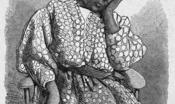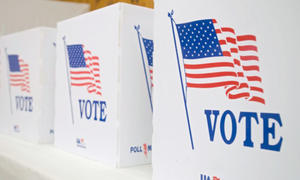text
Informational
No Promised Land
“When Mormons settled in Missouri in the 1830s, local residents found Mormon beliefs and practices not simply strange, but wrong. … The Mormons, the Missouri governor declared, must be removed—if not by expulsion, then by extermination.”
May 22, 2017

